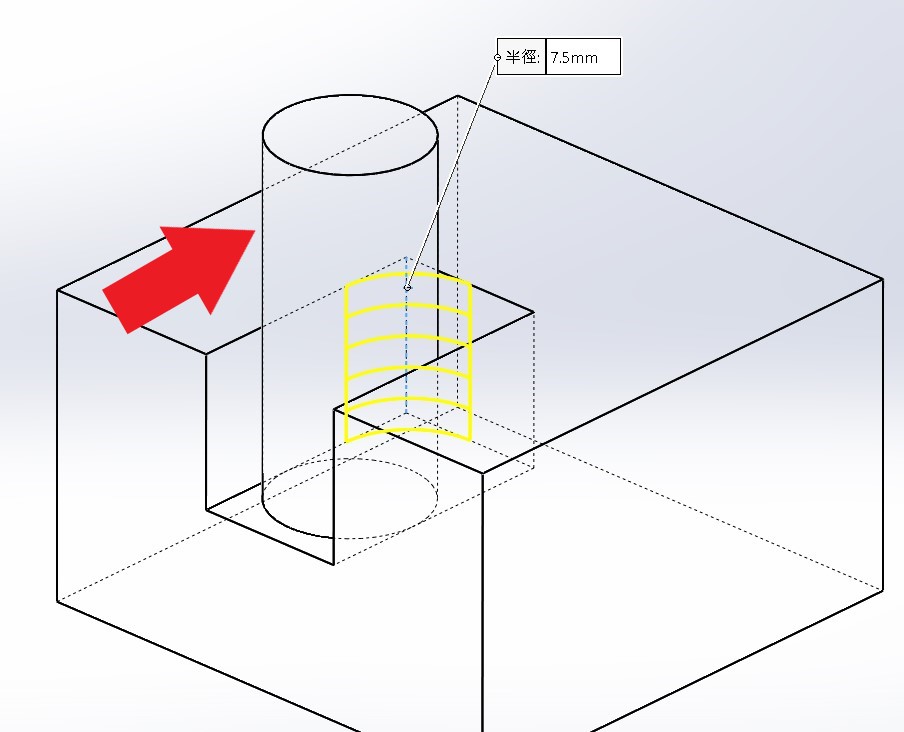Industry Data Sharing-About CNC milling machine quotes
Why are my quotations for the machine parts so expensive?
The factory's quotation is based on the processing time plus the original material as the variable cost, and if the machine equipment is added, the quotation will be higher. As a customer, you naturally want the cost to be as low as possible. If the product is still under development, modifying the design without affecting the application can reduce the processing cost and naturally lower the quotation.
We also provide some specific directions for reference:
1.Avoid unnecessary right angles
Some right angles are not feasible for our CNC milling machine to manufacture and need to be chamfered or rounded to be manufactured. The larger the rounded angle, the faster it is to process. If a right angle is really necessary, there are other processing methods to manufacture it, but the price will also be relatively higher.
For example, in the following figure, the cylinder is the milling cutter. When entering this deep groove, it will inevitably form a relative rounded angle because the milling cutter is round, rather than a closed right angle.

2.Pay attention to tolerance marking
The precision of the parts is marked by tolerances. For important parts such as the combination of two parts or when the workpiece itself is the reference tool, such as a block gauge, it is necessary to mark the tolerances. For example, the flatness of the workpiece surface ,the parallelism of the upper and lower surfaces
,the parallelism of the upper and lower surfaces and the marking of each item will make the process more complicated. However, if precise tolerances are marked on non-essential parts, the quotation will be too high, and it will be an unnecessary cost for the customer.
and the marking of each item will make the process more complicated. However, if precise tolerances are marked on non-essential parts, the quotation will be too high, and it will be an unnecessary cost for the customer.
3.Standard processing dimensions
In hole processing, most have standard dimensions. If there are special dimensions such as ø2.53mm, the decimal point behind the number of digits will affect the processing time and cost. The larger the number of digits, the more time it takes to process and the higher the cost.
4.Large Purchasing Volume
The cost of the first production is always the highest. However, if the quantity is large, the average production cost can be shared, and the cost of raw materials can also be reduced due to the increase in quantity. As a result, the quotation will naturally decrease.
5.Choose appropriate materials
There are many types of metal materials, such as stainless steel with SUS303 and SUS420. If grinding is required and there are no special usage conditions, we recommend that customers use SUS420 stainless steel because it is magnetic and more convenient to process without the need for additional fixtures, resulting in lower manufacturing costs and more favorable quotations for the customer.
Read More


 ,the parallelism of the upper and lower surfaces
,the parallelism of the upper and lower surfaces and the marking of each item will make the process more complicated. However, if precise tolerances are marked on non-essential parts, the quotation will be too high, and it will be an unnecessary cost for the customer.
and the marking of each item will make the process more complicated. However, if precise tolerances are marked on non-essential parts, the quotation will be too high, and it will be an unnecessary cost for the customer.